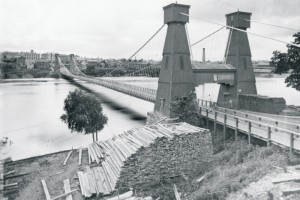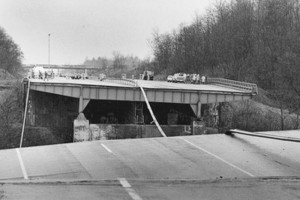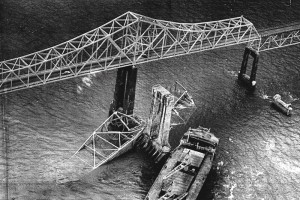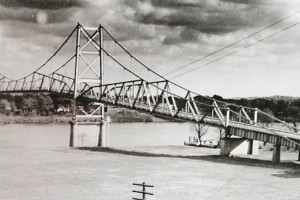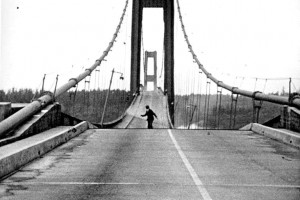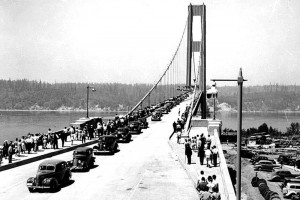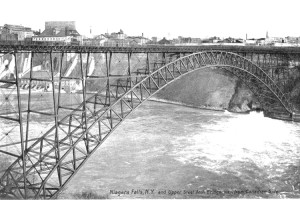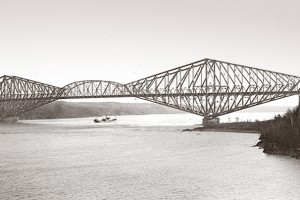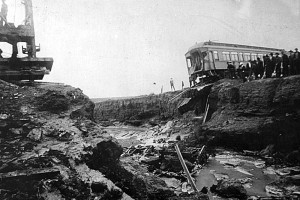19th Century Mississippi River Bridges Series
The Mississippi was the last major river to be crossed as the nation moved to the west. From its headwaters in Lake Itasca in Northern Minnesota to its discharge into the Gulf of Mexico, the river, with its tributaries, drained the entire United States between the Appalachians and the Rocky Mountains. It had a watershed of 1,245,000 square miles or approximately 40% of the country’s total land mass. It formed the boundary of ten states; Minnesota, Wisconsin, Iowa, Illinois, Missouri, Kentucky, Tennessee, Arkansas, Louisiana, and Mississippi. With the advent of the steamboat, it became a major shipping lane, and shippers wanted free navigation of the river without bridge piers.
…
